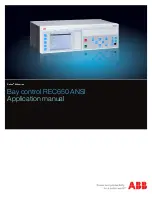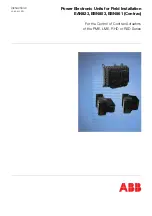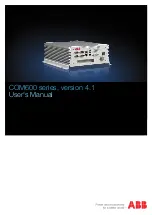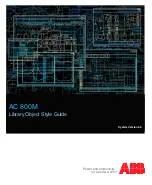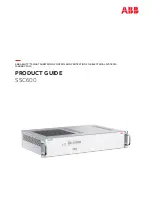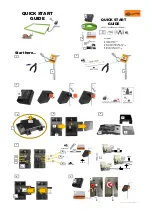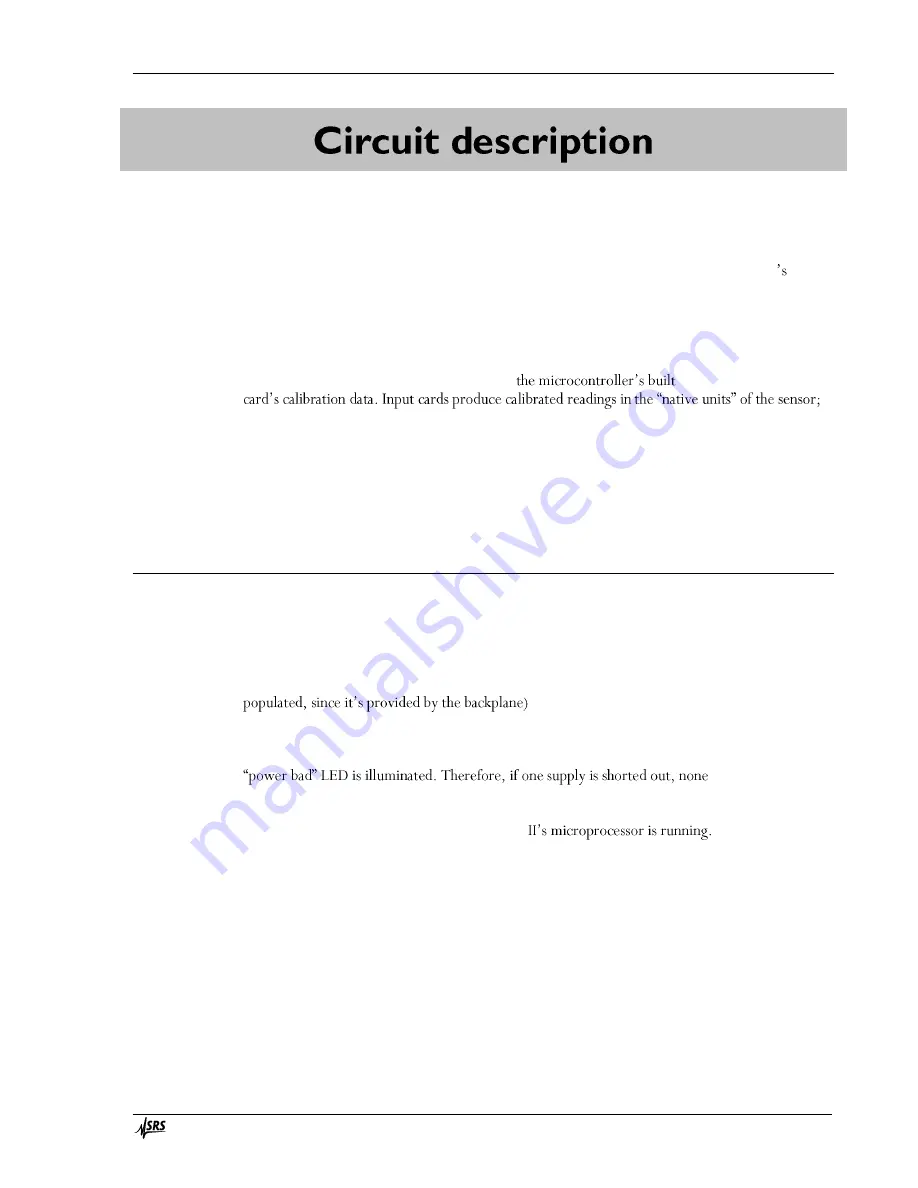
Circuit Description
131
CTC100 Programmable Temperature Controller
Each of the six I/O cards (two sensor input, two heater output, analog I/O, and digital I/O)
includes an Atmel ATmega microcontroller (U110). The microcontroller has onboard flash and
SRAM. Its clock signal comes from an external 16 MHz oscillator located on the CTC100
backplane. The microcontroller controls the ADCs or DACs on each I/O card.
Each I/O card has a status LED that turns on or off each time an ADC conversion occurs; that
is, if 10 ADC conversions are occurring each second, the LED blinks 5 times per second. If the
status LED does not blink while the CTC100 is running, or does not blink at the same rate as the
status LEDs on the other I/O cards, the card has a hardware or software problem.
I/O cards are calibrated at the factory, and
-in EEPROM holds the
for example, the RTD card provides calibrated resistance readings, while the thermocouple
provides calibrated voltage readings. The CPU card converts these readings to temperatures using
calibration data for the particular sensor. Output cards provide calibrated outputs in watts.
The microcontroller is interfaced to the backplane bus with a transceiver (U120). An RS-232
port is available but only used for debugging. The backplane bus uses a proprietary synchronous
communication protocol.
C P U board
The CPU (U1) is a Xilinx Zynq XC7Z020-1CLG484C with two ARM Cortex-A9 cores running
at 667 MHz. One core operates the I/O cards and the PID feedback loop, while the other
operates the user interface.
The CPU has 512 MB of SDRAM (U9, U18), plus 32 MB of flash (U8) used for storing the
software and user settings.
Four different voltages are provided by switching power supplies (the 5V supply is not
. As required by the Zynq, the 5V supply turns on
first; then power supply sequencer U2 enables the 1.0V, 1.8V, 1.5V, and finally the 3.3V supply.
Each voltage must reach a preset minimum value before the next supply is enabled. If the voltage
does not reach the minimum within 40 ms, all the power supplies are switched off and the red
of the supplies will
power up.
The USB host port is provided by an FTDI Vinculum-II (U3) which is programmed with custom
firmware. LED D2 indicates that the Vinculum-
If the Vinculum-II
firmware crashes, the LED stops blinking for 6 seconds before a watchdog timer restarts the
Vinculum.
The USB device port is an FTDI FT230XQ USB-to-RS232 converter (U13).
The LCD controller is implemented in the FPGA fabric of the Zynq chip.
The I/O cards connect to GPIO pins on the Zynq through two 5V-tolerant transceivers.
The Ethernet controller is built into the Zynq chip and is connected to an Ethernet PHY (U11)
and its magnetics (L2).
Содержание CTC100
Страница 1: ...Version 2 1 May 14 2019 User Manual CTC100 Cryogenic Temperature Controller...
Страница 6: ......
Страница 8: ......
Страница 12: ......
Страница 25: ...Operation 13 CTC100 Programmable Temperature Controller...
Страница 85: ...Operation 73 CTC100 Programmable Temperature Controller To disable cascade cont select it...
Страница 128: ......
Страница 129: ...Remote Programming 117 CTC100 Programmable Temperature Controller...
Страница 130: ......
Страница 142: ......
Страница 150: ......
Страница 176: ......































